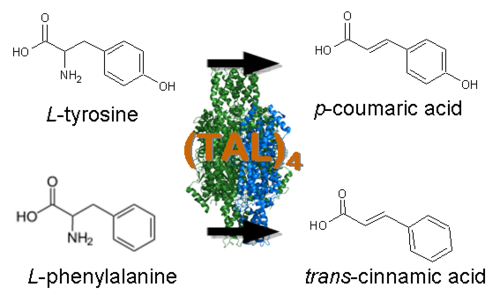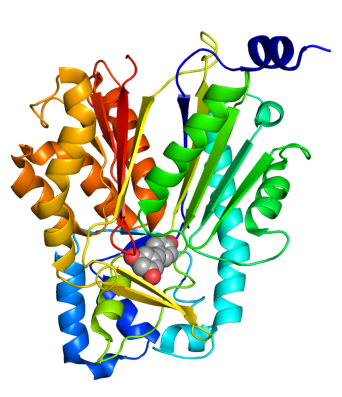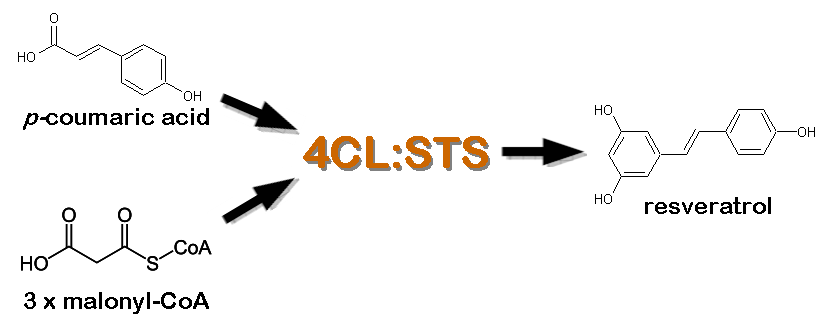Team:Rice University/STRATEGY
From 2008.igem.org
(Difference between revisions)
StevensonT (Talk | contribs) (→Circuit Design for Expression During Fermentation) |
StevensonT (Talk | contribs) (→Circuit Design for Expression During Fermentation in Yeast) |
||
| Line 30: | Line 30: | ||
<BR><BR><BR><BR><BR><BR><BR><BR><BR><BR><BR><BR><BR> | <BR><BR><BR><BR><BR><BR><BR><BR><BR><BR><BR><BR><BR> | ||
| - | === Circuit Design for | + | === Circuit Design for Recombination in Yeast=== |
[[Image:circuit.png|right|350px|thumb|[http://partsregistry.org/wiki/index.php?title=Part:BBa_K122010 BBa_K122010].]] | [[Image:circuit.png|right|350px|thumb|[http://partsregistry.org/wiki/index.php?title=Part:BBa_K122010 BBa_K122010].]] | ||
| - | *To | + | *Our design goal was to construct a circuit that would propagate through several generations without a selection pressure and be highly expressed during all stages of fermentation. To address these goals we constructed three expression cassettes that, when concatenated, would integrate genomically into a highly transcribed locus, have an inducible selectable marker, and express the resveratrol pathway primarily under anaerobic conditions. |
Revision as of 23:40, 29 October 2008
| OUR TEAM ::: SUMMARY ::: INTRODUCTION ::: STRATEGY ::: RESULTS ::: ONGOING WORK ::: GALLERY
SUMMARY ::: BACKGROUND ::: STRATEGY ::: CONSTRUCTS ::: RESULTS ::: ONGOING WORK ::: OUR TEAM ::: NOTEBOOK ::: GALLERY |
 "
"







